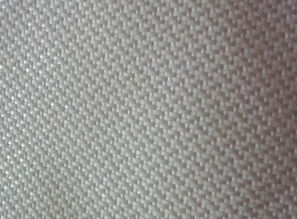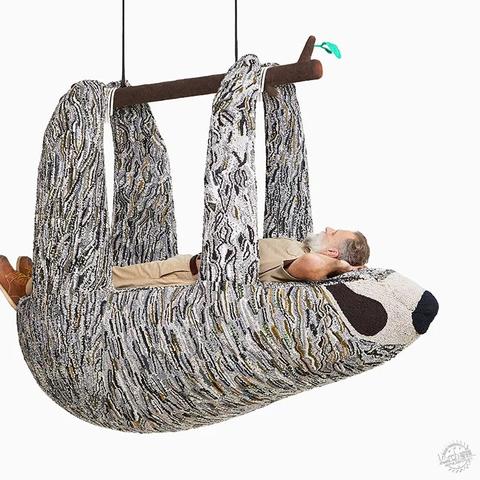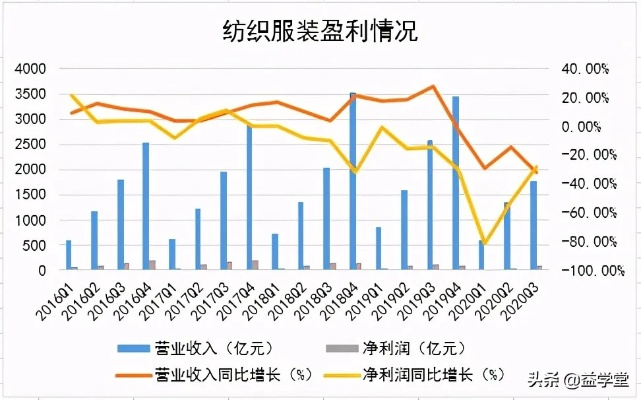A Comprehensive Guide to Textile Brand Design Appreciation
Introduction: The world of textiles is a vast and vibrant realm, where creativity meets practicality. The design of a textile brand not only reflects the aesthetics of the product but also communicates its values and personality. In this guide, we will delve into the various elements that contribute to the design of a successful textile brand, exploring the significance of visual identity, color palettes, typography, and more. By understanding these principles, you can create a brand that stands out in a crowded market and resonates with your target audience.
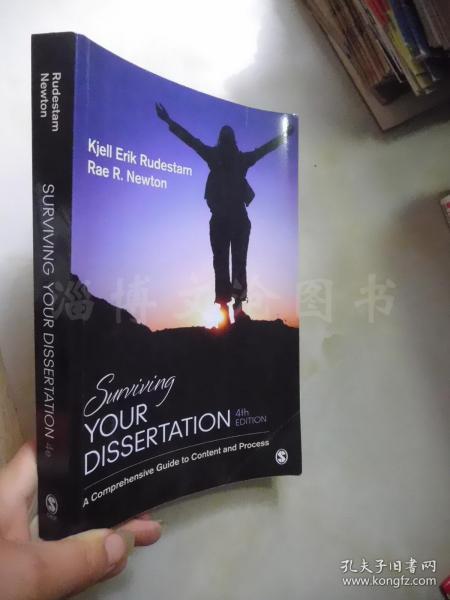
Visual Identity: The first aspect of a textile brand's design is its visual identity, which includes logos, colors, and overall aesthetics. A well-crafted logo is the cornerstone of any brand, as it serves as a recognizable symbol that customers associate with the brand's products. When designing a logo, consider factors such as legibility, simplicity, and relevance to the brand's message. For example, a textile brand may choose bold, geometric shapes or natural motifs to convey their commitment to sustainability and eco-friendliness.
Color Palettes: Color plays a crucial role in textile brand design, as it influences how people perceive the brand and its products. A well-chosen color palette can create a cohesive look for the brand and convey specific messages. For instance, a brand that specializes in children's clothing might use bright, playful colors to appeal to young consumers. Alternatively, a luxury brand might opt for muted, sophisticated hues to convey elegance and sophistication.
Typography: Typography is the written word used on packaging, labels, and other marketing materials. It should be legible, easy to read, and consistent across all channels. The typeface style, weight, and spacing can all impact how the brand is perceived. For example, a brand that prioritizes functionality might use sans-serif fonts with a bolder, more modern feel.
Packaging Design: The way products are packaged can significantly impact consumer perceptions of the brand. A well-designed packaging should be visually appealing, functional, and durable. It should reflect the brand's identity and communicate its unique selling proposition. For instance, a brand that emphasizes craftsmanship might use high-quality materials and intricate designs to showcase the skill and attention to detail involved in producing each piece.
Innovation: In today's fast-paced world, innovation is key to staying ahead of the competition. A textile brand that embraces new technologies and trends can differentiate itself from its competitors. For example, incorporating sustainable materials like recycled polyester or hemp into its product line could signal to consumers that the brand is committed to environmental responsibility.
Social Responsibility: As consumers become more conscious of social issues, brands that prioritize social responsibility can resonate with customers on a deeper level. This can include initiatives like fair trade certification, ethical manufacturing practices, and support for underprivileged communities. By showcasing these values through their brand, a textile company can build trust and loyalty among its target audience.
Conclusion: In conclusion, the design of a textile brand is an integral part of its overall identity. From visual identity to color palettes, typography, packaging design, innovation, and social responsibility, every element plays a role in creating a memorable and effective brand. As we navigate the ever-evolving landscape of fashion and textiles, it is essential for brands to stay true to their values while embracing new technologies and trends. By doing so, they can establish themselves as leaders in their respective markets and inspire others to do the same.

纺织品牌设计案例一览
近年来,纺织行业在国内外市场上呈现出蓬勃发展的态势,众多优秀的纺织品牌应运而生,本篇文章将通过一系列案例展示纺织品牌设计的创新与魅力,旨在为消费者提供参考与启发。
品牌设计概述
- 品牌定位:针对不同消费群体,各品牌有着明确的定位和特色。
- 设计风格:融合传统与现代元素,注重时尚与舒适性的平衡。
- 设计元素:注重面料选择、图案设计、色彩搭配等。
案例展示
某高端丝绸品牌设计欣赏
设计元素分析:该品牌以丝绸为主要面料,注重光泽与质感的表现,图案设计融合古典与现代元素,展现出优雅与高贵的气息,色彩搭配以暖色调为主,营造出舒适与浪漫的氛围。
具体案例说明:品牌标志采用中国传统水墨风格,融入现代几何元素,形成独特的视觉冲击力,面料选择上,选用优质桑蚕丝,手感柔软细腻,在图案设计上,融入古典元素如牡丹、祥云等,同时融入现代流行元素,如波点、条纹等,展现出时尚与经典的完美结合,在色彩搭配上,采用暖色调为主,营造出舒适与浪漫的氛围,整体设计风格简约而不失高雅,适合追求品质生活的消费者。
某运动休闲品牌设计欣赏
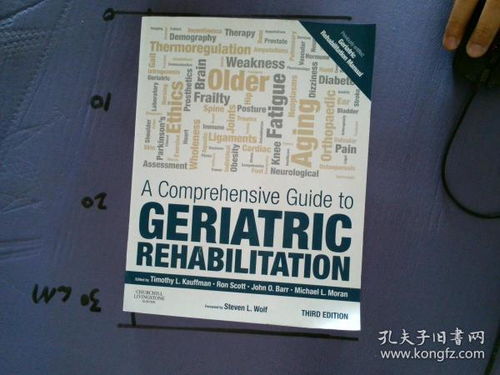
设计元素分析:该品牌以运动休闲为主要设计理念,注重舒适性与功能性,图案设计以简洁明了为主,同时融入运动元素,展现出活力与动感,色彩搭配以明亮活泼为主,营造出轻松愉悦的氛围。
具体案例说明:品牌标志采用简洁的几何图形,凸显品牌的年轻与活力,面料选择上,选用快干、透气性好的面料,适合运动时穿着,在图案设计上,融入运动元素如篮球、足球等,展现出运动活力,在色彩搭配上,采用明亮活泼的颜色组合,营造出轻松愉悦的氛围,整体设计风格时尚而不失功能性,适合追求时尚运动的消费者。
英文案例说明
以下为英文案例说明表格:
| 品牌名称 | 设计概述 | 设计元素 | 案例分析 |
|---|---|---|---|
| 高端丝绸品牌 | 定位高端市场 | 传统与现代元素融合 | 标志采用中国传统水墨风格,融入现代几何元素 |
| 运动休闲品牌 | 运动休闲为主 | 舒适性与功能性 | 标志采用简洁几何图形,凸显品牌的年轻与活力;面料选择快干、透气性好的面料;图案设计融入运动元素 |
展示的纺织品牌设计案例体现了不同品牌在设计上的创新与魅力,无论是高端丝绸品牌还是运动休闲品牌,都注重面料选择、图案设计、色彩搭配等关键要素,展现出各自的品牌特色和设计风格,消费者在选购纺织产品时,可以根据自己的需求和喜好选择适合自己的品牌和款式。
Articles related to the knowledge points of this article:
Expert View on Foreign Trade Textiles
The Role of Textiles in the Continuous Transition from Industry to Industry

